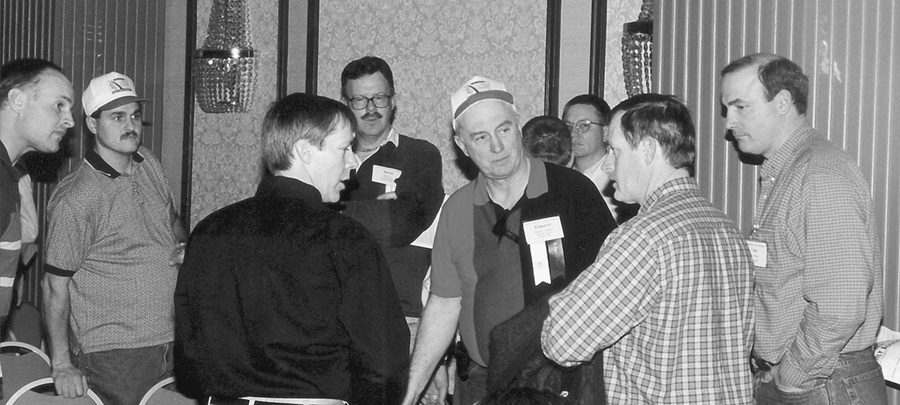No-Till Farmer
Get full access NOW to the most comprehensive, powerful and easy-to-use online resource for no-tillage practices. Just one good idea will pay for your subscription hundreds of times over.

Despite safety concerns since the September 11 terrorist attacks in New York City, Washington D.C., and Pennsylvania, the 10th annual National No-Tillage Conference attracted 682 attendees to St. Louis, Mo.
While total attendance was down by 38 people from last year’s conference in Cincinnati due to international terrorist concerns, the numbers held up much better than many other events that were held around the country in recent months. A number of major conferences saw attendance levels drop by as much as 40 percent. Plus, a number of attendees at this year’s no-till conference indicated they had attended recent ag events where attendance was off by 50 percent or more.
This year’s conference attendees came from 31 states, Canada, Italy and Paraguay.
Despite warm winter weather and reduced snowfall, many conference attendees weren’t overly concerned about a moisture shortage. Instead, more attendees were worried about increased no-till insect and disease overwintering problems due to warm winter temperatures.
With less tillage, no-tillers often face cooler soils, higher moisture levels and increased crop residue at planting time. While earlier no-tilling improves yields, these farmers know that there may be intensified challenges in dealing with pests in 2002.
Syngenta Seed Treatment Crop Manager Mark Jirak told attendees that adverse conditions increase the risk of disease incidence and insect pressure during early stages of development. For example, Jirak says that pythium is present in all soils, yet it will be more active under the cooler and wet conditions typically found in the…